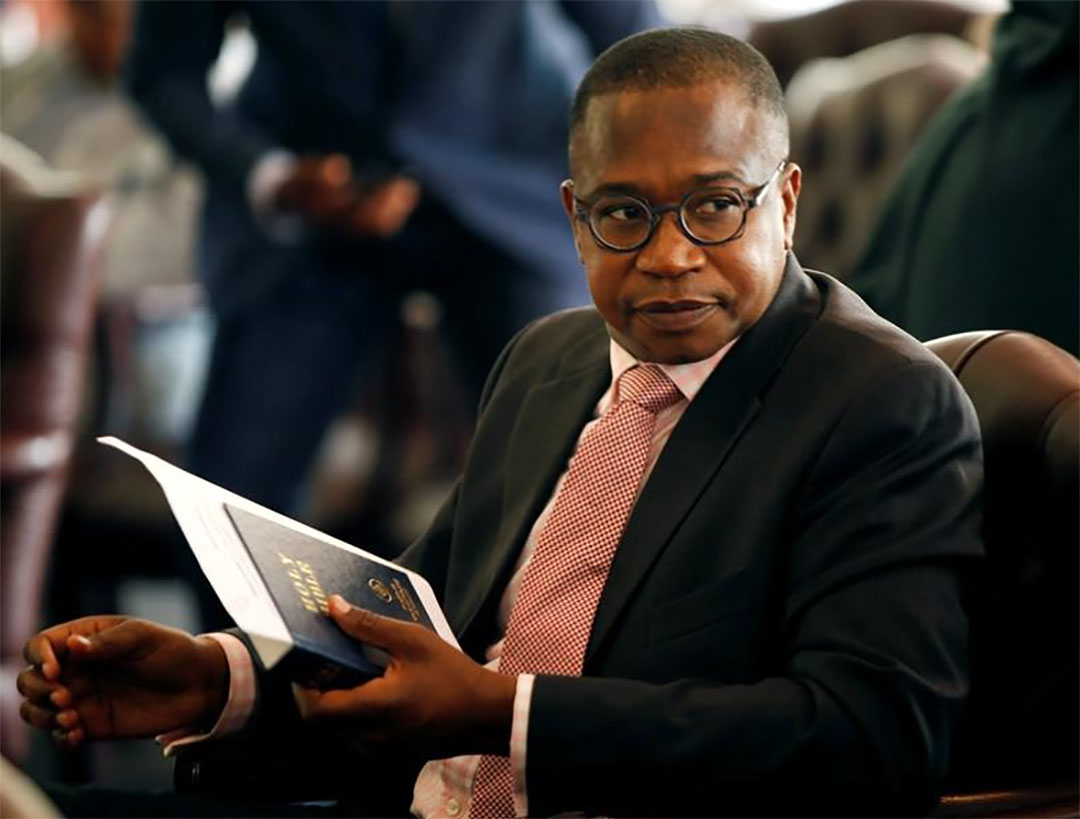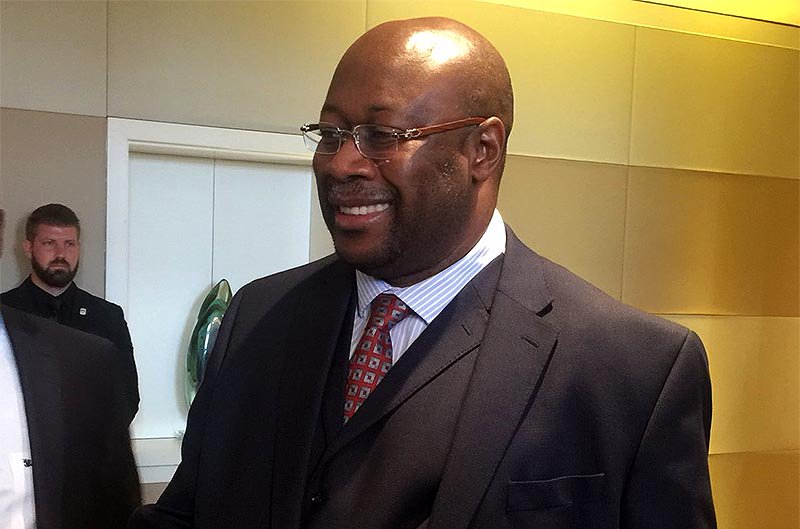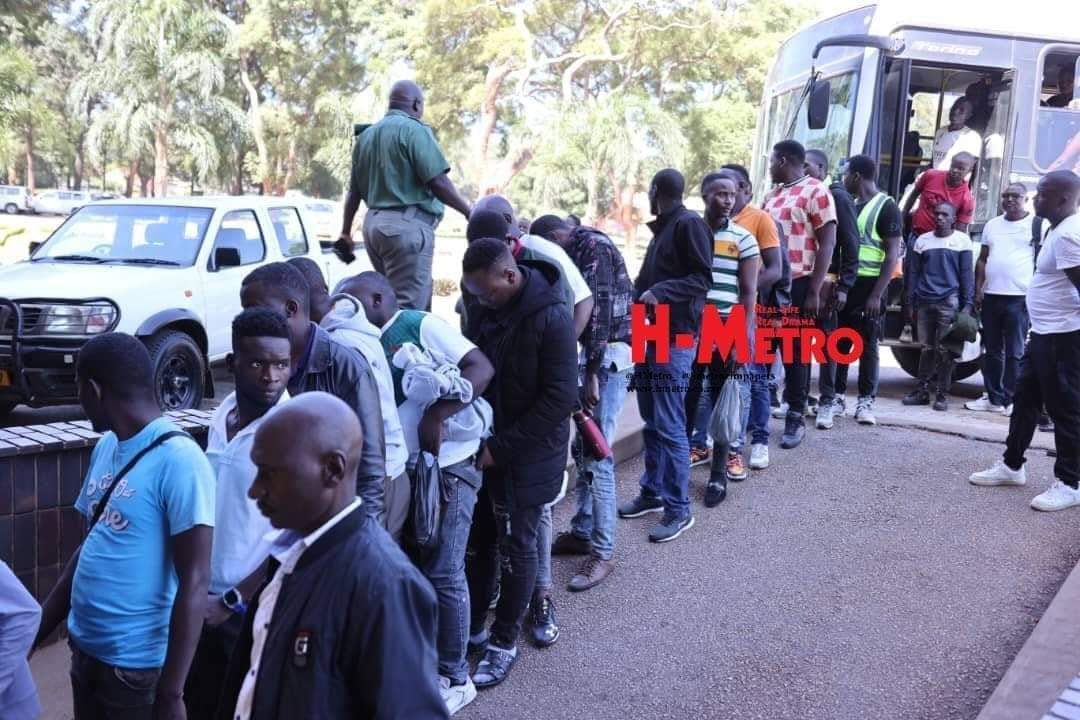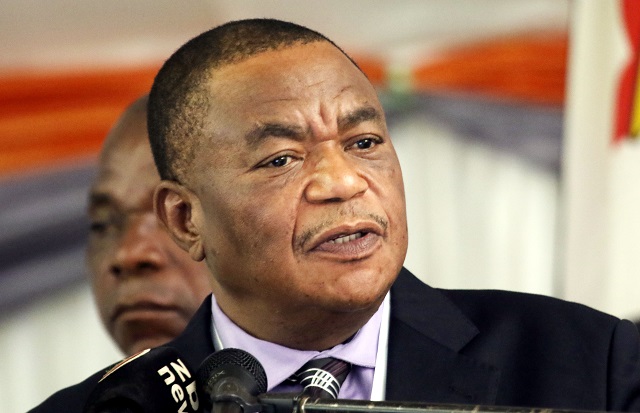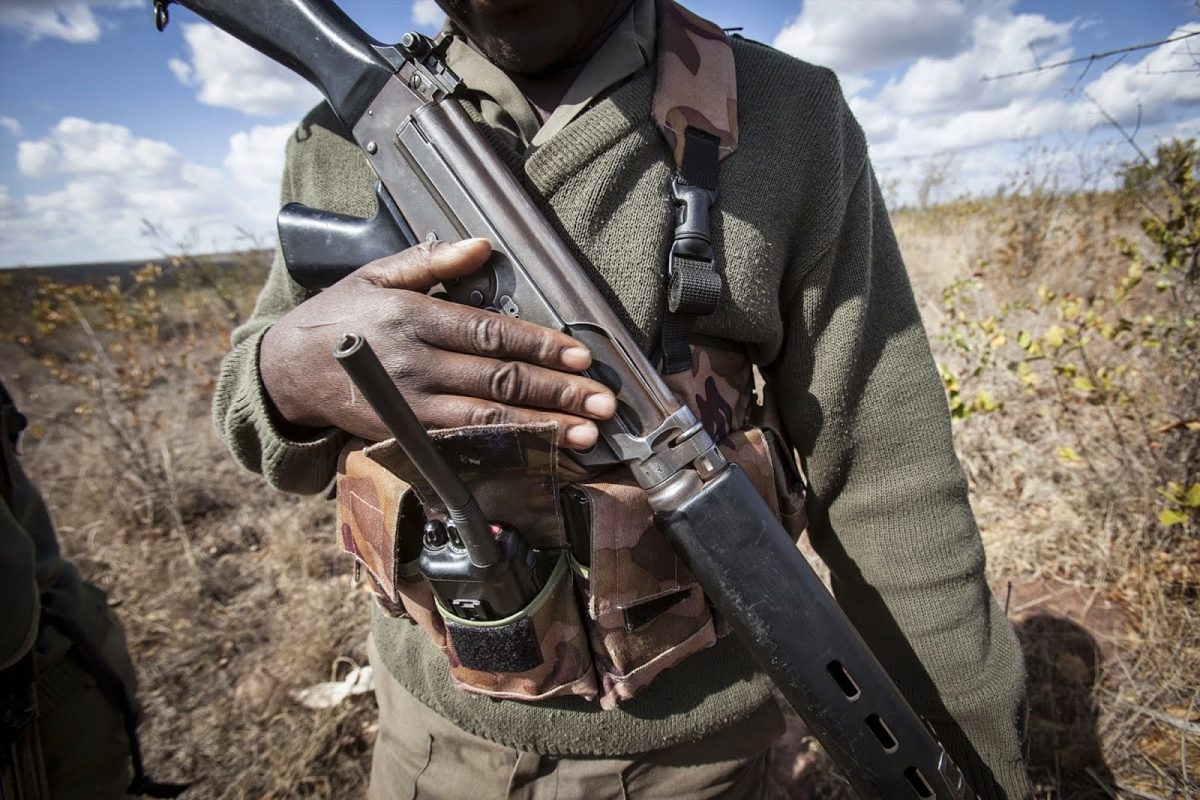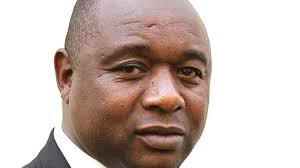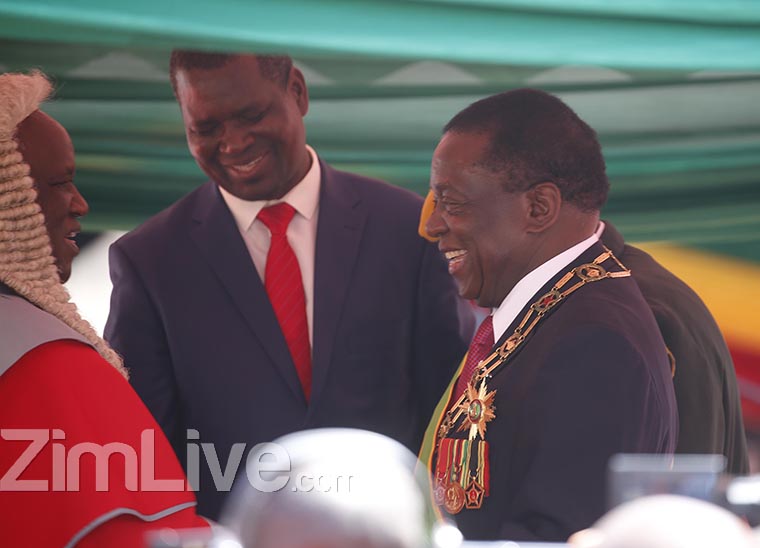HARARE – Zimbabwe’s economy grew by 4 percent last year, below an initial target of 4.5 percent, treasury said on Thursday, as the country struggles with a severe shortage of dollars and surging inflation.
Treasury said in its fourth quarter report ending December that the government’s foreign and domestic debt stood at $17.8 billion, with 46 percent of that amount owed to foreign lenders.
Meanwhile, Zimbabwe has reached agreement with the International Monetary Fund (IMF) on a program of economic policies and structural reforms that could pave the way to the crisis-hit country re-engaging with international financial institutions.
Suffering from decades of decline and hyperinflation, Zimbabwe has not been able to borrow from international lenders since 1999, when it started defaulting on its debt. It has arrears of around $2.2 billion with the World Bank, the African Development Bank and European Investment Bank.
“Zimbabwe is facing deep macroeconomic imbalances, with large fiscal deficits and significant distortions in foreign exchange and other markets, which severely hamper the functioning of the economy,” Gene Leon, leader of the IMF staff team, said in a statement.
Zimbabwe is also facing the challenge of responding to drought and the devastation from Cyclone Idai, Leon said.
Leon had met with Finance Minister Mthuli Ncube, Reserve Bank of Zimbabwe (RBZ) Governor John Mangudya and other officials in a continuation of talks which aim to implement a set of policies enabling a return to economic stability.
“Successful implementation … will assist in building a track record and facilitate Zimbabwe’s re-engagement with the international community,” said Leon.
The IMF said in its world economic outlook this week that Zimbabwe’s economy will contract 5.2 percent this year, the first time the economy faces recession since 2008.
